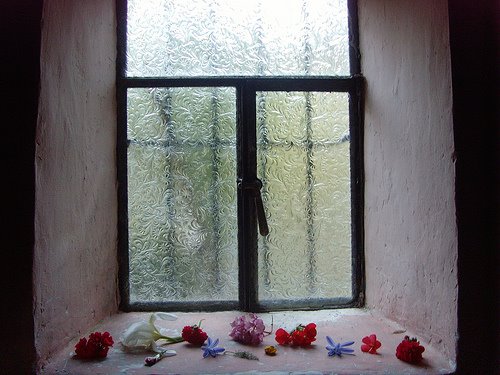Peru: Cocaine output is growing
MSNBC.com
--------------------------------------------------------------------------------
Traffickers switching to production from coca paste, interior minister says
Reuters
Updated: 11:08 a.m. CT Jan 21, 2007
LIMA, Peru - Peru has reduced and stabilized illegal coca leaf planting areas over the past few years, but yields from some farms have doubled and cocaine output soared due to a lack of funds to fight the lucrative business.
Peruvian Interior Minister Pilar Mazzetti told Reuters in an interview over the weekend local drug traffickers in the world’s second-biggest coca leaf producer have switched to pure cocaine production from raw coca paste.
“Things have changed, evolved. Four, five years ago they were producing more paste, but now we are discovering more laboratories in the growing areas and more and more cocaine hydrochloride,” she said. “It used to be 80 percent paste, now it’s 80 percent cocaine, and very high quality cocaine.”
The density of coca plants has nearly doubled in some places and plants yield more cocaine alkaloid.
“We are managing to maintain the number of hectares under coca leaf stable, but the density and quality are definitely improving—they use chemical fertilizers, new types of seeds and we cannot rule out genetic modifications,” she said.
The authorities estimate there are around 121,000 acres planted with coca, producing some 110,000 tons of raw paste, which translates into 36,700 tons of cocaine per year, but Mazzetti said some experts put paste output from the same area as high as 180,000 tons or 60,000 tons of cocaine.
The area—now slightly bigger than San Jose in California or Austrian capital Vienna—has halved from around 247,000 acres 10 years ago, “but then they couldn’t even dream about all this cocaine output, it was all paste,” Mazzetti said.
The legal industry, which serves medicinal, beverage and native rituals purposes, consumes just 250 tons of paste.
Peru’s law enforcement bodies last year eradicated some 24,700 acres of coca leaf plants and another 7400 acres were swapped for other crops under voluntary eradication programs.
More international help urged
Washington provided $54 million last year under its anti-drug cooperation treaty with Peru, a drop in the ocean compared to over $3 billion spent in Colombia since 2000.
“The United States estimates that only 20 percent of their cocaine comes from Peru, and Colombia largely accounts for the rest, so their aid is much reduced in our case. ... We are trying hard to find financing from other sources, working closely with the European Union where the drug is a growing problem.”
Peru’s own robust economic growth over the past few years is finally contributing to an increase in the anti-drugs budget this year, but Mazzetti said it would still reach only about half the $200 million needed for eradication and interception.
The government is also trying to modify laws to be able to charge illegal producers with forming criminal groups, hiring people for trafficking and with money-laundering. It also needs to control chemical substances used to produce drugs.
About 80 percent of Peruvian cocaine is exported in large lots by sea—often hidden in fresh or canned fruit—to Panama and then Europe, Africa or to Mexico and the United States. That is another recent trend after Peru started closely monitoring its airspace several years ago.
In the coca growing areas 2.2 lbs of cocaine cost $1,200, which goes up to $1,800 in Lima and then leaps to $25,000 in the United States and $54,000 in Europe. The paste can be smoked and is left for local consumption in Peru.
U.S. anti-drug efforts in Colombia and Mexico have also made drug cartels look for other production bases, and some are now working with Peruvian growers and traffickers. The latter also get protection from the remnants of Maoist rebels from the Shining Path group, which still operates in the jungle.
“These terrorists have learned that giving protection to growers and traffickers means good money,” she said. Otherwise, coca growing areas are very little like Hollywood movies where thugs armed with machine guns guard the plantations.
“It’s about poor peasants who grow what they grow because often nothing else grows there. ... That’s why we don’t use herbicides or fungus on the crops and rip them out manually.”
When coca leaf planting areas are close to villages and clearly sustain them, the authorities often have to ignore them as eradication can provoke social unrest.
Copyright 2007 Reuters Limited. All rights reserved. Republication or redistribution of Reuters content is expressly prohibited without the prior written consent of Reuters.
URL: http://www.msnbc.msn.com/id/13116743/
--------------------------------------------------------------------------------
© 2007 MSNBC.com

